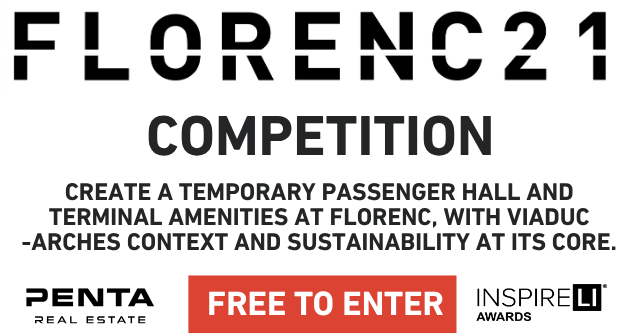Dobrý den, dovolte mi nabídnout Vám pro toalety u tohoto velmi krásného projektu zařizovací předměty od naší společnosti.
Naše bezdotykové baterie dodají toaletám elegantní vzhled, vyšší hygienický standard a investorovi zaručí velkou úsporu vody. Výběr je velký a to ať už se jedná o baterie stojánkové, nebo nástěnné. Přikládám odkaz na naše webové stránky, ale také pár fotografií pro lepší prvotní představu...
Bezdotykový radarový splachovač pisoárů umožní čistý vzhled bez viditelného splachovače (jelikož je vše schované za keramikou) a kromě této estetické výhody je zároveň úsporným a i jistým antivandalovým řešením. Pokud bychom zde chtěli dosáhnout vyššího důrazu na hygienu, doplnila bych také bezdotykovým splachovačem wc, konktrétní typ záleží dle toho, zda by se jednalo o splachování tlakovou vodou, anebo z nádržky.
Celé lze doladit doplňky - wc kartáč, zásobník na toaletní papír, zásobník na papírové utěrky, mýdlenky, nebo místo klasických mýdlenek je možné dle zvoleného designu baterií sladit s automatickým dávkovačem mýdla ve stejném stylu a i tady je možnost zachování bezdotykové obsluhy navíc s centrálním dávkovačem, který pojme větší obsah mýdla a není nutné ho tak často doplňovat, což uklízečky ocení zejména při vyšší návštěvnosti galerie. Také je možné to celé pojmout systémem schování za zrcadlo, jako tomu často bývá například v nákupních centrech. Případně si lze pohrát i s nerezovým designem a pojmout toalety v industriálním stylu jako takovém, nebo v kombinaci například se dřevem a tím docílit rovněž originálního a příjemného interiéru. Přikládám Vám do fotografií velmi povedenou realizaci.
Kromě sanitární techniky a nerezového programu Vám mohu nabídnout kabinkové systémy.
Na závěr už bych jen zmínila možnost SMART SANITARY SYSTEM, což je pro investora systém inteligentního hospodaření s vodou a energiemi, kde má mimo jiné možnost přehledu v podrobných statistikách.
Pokud Vás něco z našeho portfolia zaujme, budeme rádi a také se budeme těšit na případnou komunikaci a spolupráci na takto krásných projektech jako je tento.
S přáním hezkého dne
Hana Rollerová, projektový specialista firmy SANELA spol. s r.o.



